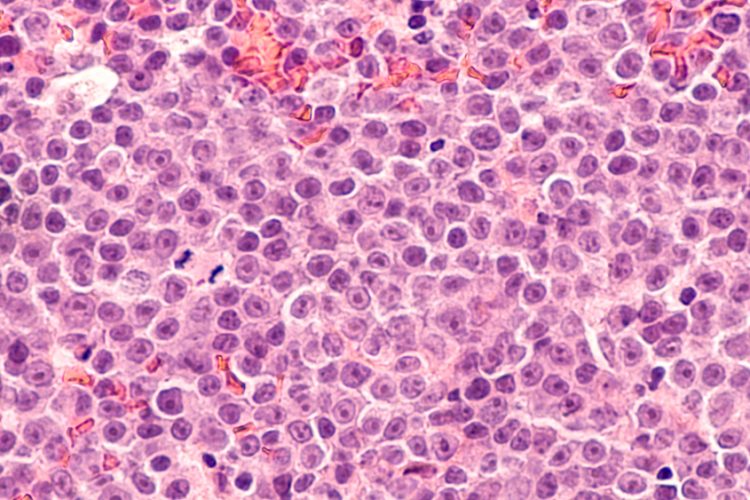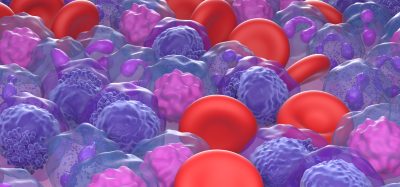Nanotechnology boosts immune response at tumour site in mice
Posted: 20 December 2021 | Anna Begley (Drug Target Review) | No comments yet
The new nanotechnology left six of 10 mice with lymphoma tumour-free and was effective in melanoma when combined with existing drugs.

Scientists at Ohio State University, US, have boosted activation of T cells inside tumours in a way that improved their interactions with an antibody therapy currently being tested in clinical trials. The team stated that the nanotechnology may help enhance immunotherapy treatments in advanced stages of the disease.
The researchers designed the nanoparticles using one of many compounds that make up cell membranes. “The idea was inspired by natural components on a cell membrane – we designed compounds that can have nice interactions with the cell membrane and help deliver messenger RNA (mRNA) into cells,” explained associate professor Yizhou Dong, senior author of the study, published in Nature Communications.
NEWS: Transformable nanoparticles promise advances in tumour treatments
Researchers then loaded mRNA carrying instructions for the production of molecules that T cells express as part of their immune system function. These nanoparticles were injected directly into tumours in mouse models of specific cancers, and entered tumour-infiltrating T cells to amplify their expression of the receptors.
The researchers injected the nanobodies directly into the tumour site to help T cells generate specific receptors on their surfaces. Experimental monoclonal antibodies delivered six hours later could then bind to those receptors to carry out their cancer cell-killing functions. The technique left six of 10 mice with lymphoma tumour-free, and was effective in melanoma when combined with additional existing drugs that help amplify the immune response.
“T cells are very important for fighting a lot of diseases – not just cancer – and it is really difficult to modulate their function,” said Dong. “After injections of therapeutically relevant mRNA, the T cells decorate their surfaces with receptors, and that enables their additional functions: proliferating, recruiting other immune cells and production of helpful proteins. When T cells significantly increase those receptors, antibodies can react with the receptors and carry out all the functions we know that interaction can produce.”
Tests of the combined treatment produced the best results in mouse models of melanoma and B cell lymphoma. The nanoparticle and antibody delivery completely eliminated tumours in 60 percent of the mice. Furthermore, lymphoma cells injected later into the treated tumour-free mice were unable to survive long enough to form tumours.
NEWS: Potent nanoparticle may help improve vaccines for HIV and other disease
According to the team, the study provided evidence that this technology platform could be used to enhance immunotherapy. “We want to test more materials and see if we can deliver mRNA to even more T cells to further increase efficiency,” Dong added. “Ultimately, we hope that for certain cancers, this may help produce stronger immune system function by inducing anti-tumour immunity.”
Related topics
In Vivo, Nanoparticles, Nanotechnology, Oncology, Small Molecules, T cells, Technology, Therapeutics
Related organisations
Ohio State University
Related people
Yizhou Dong







